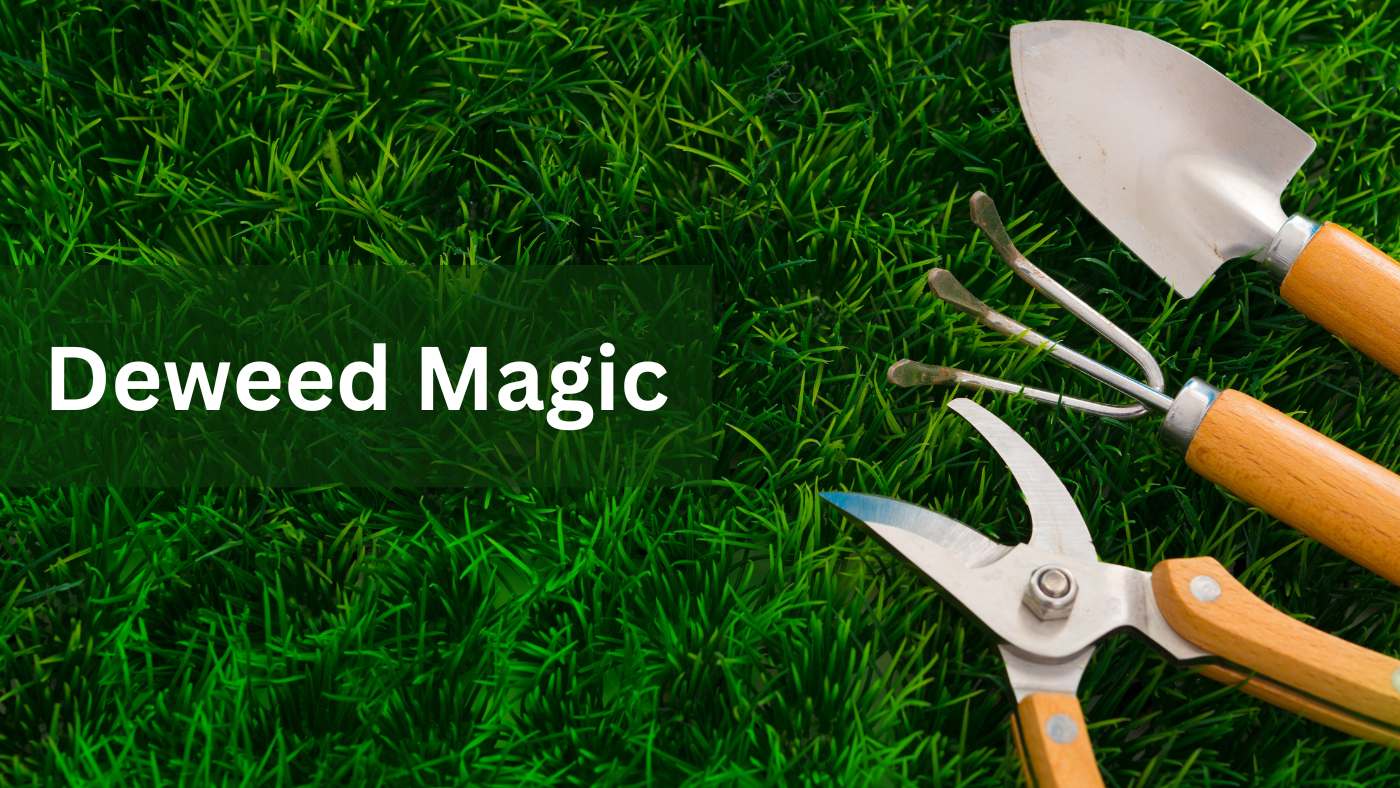A healthy garden requires regular weeding removal. A garden gives birds, insects, and other animals a place to live.
The garden needs regular watering and sporadic pruning to look beautiful. But we frequently disregard This. The garden’s charm is destroyed by weeds. weakens plants. interferes with aesthetic beauty.
We’ll talk about how to design a wholesome garden. how to keep the soil’s valuable nutrients in good condition. Maintaining biodiversity requires extensive garden maintenance.
Therefore, understanding the significance and methods of weed management will improve your garden. So let’s explore how to control weeds in the garden.
Here are some steps that are effective in Wedding:
Weeds are plants that spread to undesirable locations. Its includes grass and dead leaves. Weeds are made up of weeds, dead grass, and old leaves.
Features:
- Weeds expand rapidly. aggressively cover the area. If the proper moment to prune is missed, it grows.
- Weeds quickly produce a lot of seeds. Therefore, weeds grow more quickly.
- When weeded killing, weeds have the tendency to grow more fast. Vegetation typically grows swiftly when it rains.
Types of weeds:
1.Even after being cut down, some weeds come back from seed within a year. such as crabgrass, chickweed, etc.
2. There are perennial weeds. lives a long time. grows quickly despite pruning.
3. Certain weeds grow twice a year and grow twice a year. even when pruned, it grows swiftly.
Monitoring the location of weeds:
- Areas where weeds are present should be first recognized. Your garden won’t become more beautiful if you don’t judge things carefully.
- Monitoring the density and size of the weed growth is necessary. It is necessary to identify invasive weed species. Such species need to be clipped if you see them in the garden. Unlike established weeds, younger weeds are simpler to get rid of. You shouldn’t let weeds grow.
- Weed growth is influenced by weather, therefore factors including soil quality, temperature, humidity, and rainfall must be taken into account. Weeds must be securely controlled without endangering the plants, so care must be exercised.
Weeding techniques:
- The most secure method is hand pulling. It safeguards the tree. By using hand tools or by scrubbing the dirt around the weeds, roots can be extracted.
- Weed diggers are quite useful for getting rid of weeds. It does not hurt the plants.Also properly removed are weeds. Not only that, though. Axes, spades, and other tools can all be effectively utilized to cut down on weeds.
- Another option for weed control is chemical means. Weeds can be managed with a variety of herbicides.
- When spraying, pay attention to the weather. Refrain from going out on rainy days. The weed seeds are destroyed by spraying in the sunshine.
- Weed growth can be controlled with mulch. Straw is a natural mulch that can be used to stop the development of weed seeds.
- Invasive weeds can be reduced with proper plant care, regular watering, and increased soil fertility.
Further instruction:
By keeping your garden clean, you can prevent weed development. Water often. Should be rescued are dead branches and leaves. Regular mulching and spraying are necessary. Regular weeding should be done after inspecting the garden.
Note:
To stop weed growth, herbicide sprays should be used prior to weed seed germination. While spraying, make sure that no children or pets are nearby. It might be dangerous.
Negative Consequences of Neglecting Weeds: A Garden Gone Wild
Weeds might seem like a minor annoyance, but neglecting them can have a significant negative impact on your precious garden. Here’s why you should take those unwanted visitors seriously:
- Stolen Resources: Weeds are resource hogs, competing with your desired plants for sunlight, water, and essential nutrients from the soil. This leaves your prized flowers, vegetables, or shrubs struggling to thrive, leading to stunted growth, wilting, and decreased flower or vegetable production.
- Choking the Competition: Over time, a flourishing weed population can literally smother your desired plants. Dense weed growth blocks sunlight, hindering photosynthesis and essential plant functions. In extreme cases, weeds can completely take over a garden bed, leaving no room for your intended plantings.
- Breeding Ground for Pests and Diseases: Weeds often act as havens for unwanted pests like insects and disease spores. These pests and diseases can easily spread from the weeds to your desired plants, causing further damage and potential crop failure.
- Aesthetics Nosedive: A weed-infested garden is far from the lush, vibrant haven you envisioned. Neglected weeds detract from the overall beauty and visual appeal of your garden space.
- Seed Dispersal Nightmare: Many weeds are prolific seed producers. Leaving them unchecked allows them to freely spread their seeds throughout your garden and beyond, creating a never-ending weeding battle in the seasons to come.
By understanding these negative consequences, you’ll be more motivated to tackle those weeds and keep your garden thriving. Remember, a proactive approach to weeding saves you time and effort in the long run, allowing your desired plants to flourish and your garden to reach its full potential.
Faqs
What is the best method of weeding?
The best weed management techniques are mulching, which prevents weed seeds from sprouting. using straw and wood powder. It also provides food for the plants.
How do I permanently remove weeds from my soil?
Weeds can be eliminated completely by using bleach. Too much bleach application will kill undesired grass. Consequently, weed growth is stopped.
How long does it take to control weeds?
Persistence is necessary to control weeds. Weeds should be kept alive for a week without chopping by spraying or mulching. The weed can be identified after seven to ten days. Weed elimination takes three to four weeks to accomplish.
Final Thought
Finally, I can add that it is important to be aware of the nature, characteristics, and consequences of garden weeds. The next step is to understand how to remove weeds effectively.
Various weed removal instruments can be used. Your garden will remain healthy if you know how to remove weeds.
The garden must be kept tidy because that is what matters most. If the garden is routinely cleaned and watered, the beauty of the garden is maintained. safely Weeding removal encourages strong plant development.Taking these steps will help you enjoy the benefits of gardening.


Leave a Reply